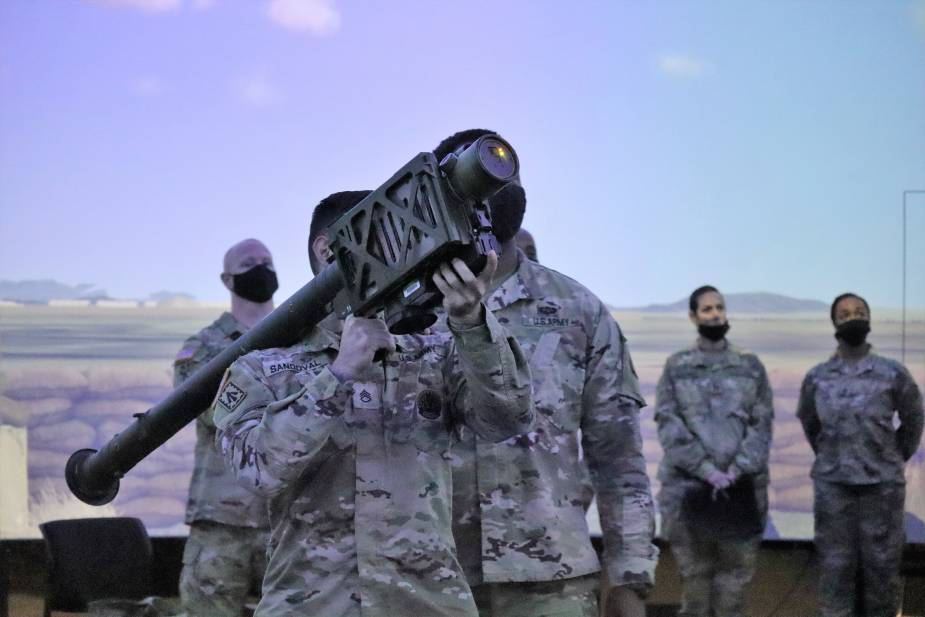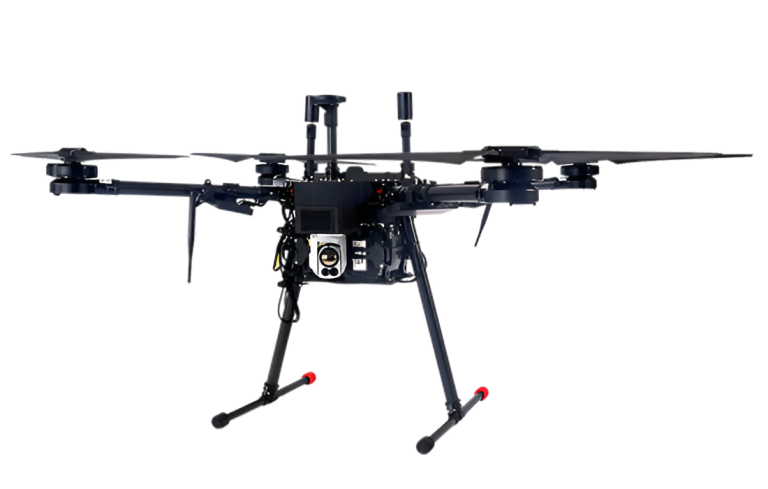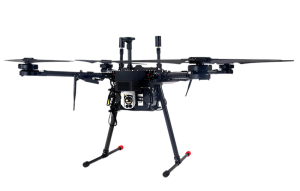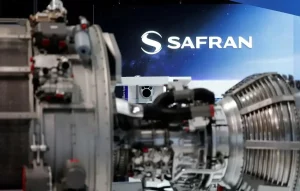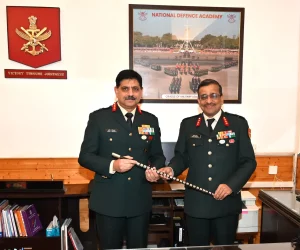The U.S. Army has initiated a groundbreaking propulsion program aimed at extending the operational range of the Stinger man-portable surface-to-air missile. Originally introduced in 1981, the missile’s range has remained largely unchanged over the years, primarily due to the limitations of its existing solid fuel rocket motor technology.
Under the newly launched Red Wasp initiative, the Army is set to innovate by replacing the conventional solid fuel rocket motor with advanced solid fuel ramjet propulsion technology. This innovative approach features a dual propulsion cycle. Initially, a conventional solid rocket motor propels the missile to supersonic speeds. Once it reaches this velocity, the system’s design allows for air intake into the combustion chamber, where ramjet fuel is ignited.
A key aspect of this ramjet cycle is its optimized use of air as the primary oxidizer, which eliminates the need for onboard oxidizer storage. This fundamental shift is expected to significantly enhance the missile’s performance and range.
The Red Wasp program was first envisioned in 2022 and has progressed through various testing phases, including trials in 2024. The initiative aims to equip soldiers with the capability to effectively neutralize emerging short-range aerial threats, particularly unmanned aerial systems that are increasingly being utilized for intelligence, surveillance, and reconnaissance.
Brian McDonald, the Principal Investigator for Red Wasp, shared insights into ongoing developments. “We will fly some more in July,” he stated, outlining plans for further testing of different ramjet fuel formulations and insulation materials. The team aims to conduct flight tests with multiple motors, each varying slightly from the earlier May 2024 designs to assess their performance in real-world conditions.
The project, which is fully government-owned, is currently an applied research endeavor led by propulsion experts from the U.S. Army. However, the program’s leadership envisions expanding the project to collaborate with industry partners. Chappell Ray, Deputy Capability Area Lead for Air and Missile Defense, elaborated on this goal, indicating a desire to integrate a fully developed air defense interceptor while refining in-house designs that could also advance commercial technologies.
Should the Red Wasp initiative successfully transition its propulsion technology, plans are in place to scale the design for broader applications within the U.S. Army, further enhancing military capabilities in air defense.
